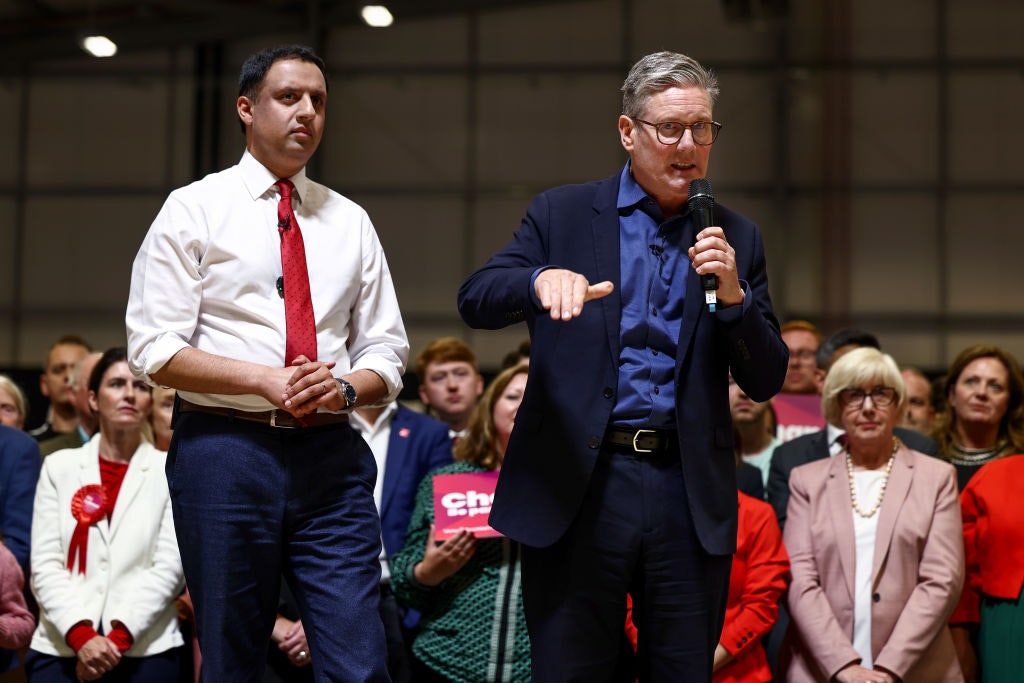Top Guns of the track
Max Verstappen and Lewis Hamilton might not exactly hate each other, but their relationship is formal verging on chilly
This article is taken from the November 2021 issue of The Critic. To get the full magazine why not subscribe? Right now we’re offering five issue for just £10.
Few things elevate a sport like rivalry: proper, personal, piquant rivalry. It’s been a while since Formula 1 has had one, but it does now, and with bells on. At the time of writing, with just over two-thirds of the 2021 season gone, Red Bull’s Max Verstappen leads Lewis Hamilton of Mercedes by six points: a narrow margin, but even so, one which scarcely hints at the ferocity of their battle for the world championship.
Snapshot of a rivalry: race two, Imola. The two men dive for the first corner together. Verstappen holds his line and nerve better to force Hamilton wide. Verstappen wins: Hamilton is second. Hamilton professes not to be bothered. “It’s a marathon not a sprint, so I’m just always thinking the long game. I don’t get too aggressive when I don’t need to be.”
Snapshot of a rivalry: race 10, Silverstone. Verstappen has won four of the last five races. In front of his home crowd, Hamilton’s no longer in the mood to be pushed around. The two men collide. Verstappen spins off and out of the race: Hamilton goes on to win despite a time penalty for being at fault for the crash.
Snapshot of a rivalry: race 14, Monza. Two men, one chicane, no quarter. Verstappen’s car half-mounts Hamilton’s, with only the latter’s safety halo device saving him from potentially serious injury. Both men crash out, with Verstappen this time blamed and handed a three-place grid penalty for the next race.
Hamilton drives with a mathematician’s precision; Verstappen is quicksilver and daring
There are several things which make this rivalry special. Social media has opened it up to the public in new ways, and Netflix’s excellent Drive To Survive series shows that this is also a contest between the two teams, with Mercedes’ Teutonic reserve pitted against Red Bull’s more guerrilla-style image. Hamilton is going for a record eighth title while Verstappen is still hunting his first: Mercedes have won every drivers’ and constructors’ championship since 2014, a period of hegemony almost twice as long as Red Bull’s before that.

Most importantly, there is a very stark contrast between the two men. Hamilton is 36, 13 years older than his rival: the ageing but canny stag banking on experience and wiles to see off the young buck who would be king, a trope which keeps dramatists and wildlife documentary makers alike in work. Hamilton and Verstappen might not exactly hate each other, but their personal relationship is formal verging on chilly, and they both have an increasing tendency to weaponise slights both real and imagined.
Temperamentally, too, they are at either ends of the scale. Hamilton drives with a mathematician’s precision, astonishingly consistent and at times almost preternaturally free from error: Verstappen is quicksilver, daring, the instinctive natural who now and then flies too close to the sun. Three and a half decades after Top Gun was released, Iceman and Maverick are back in a rather different sort of cockpit.
In this contrast of styles, above all, Hamilton and Verstappen are taking us back to perhaps the greatest Formula 1 rivalry of all, between Alain Prost and Ayrton Senna.

That one had complexities which this one has yet to achieve, not least that it was at its height when Prost and Senna were driving for the same McLaren team in the late 1980s. But already there are more similarities between the rivalries than there are differences. That same mutual unyielding desire to win was seen twice in a row when Prost and Senna were going head to head for the championship in the final race of the season at Suzuka: Prost took Senna out in 1989, and Senna returned the favour the following year.
But, for this writer at least, the abiding memory of Prost and Senna came at the Portuguese Grand Prix in 1988. Senna is leading when Prost comes out from his slipstream and attacks down the long straight at Estoril. Prost is on the inside and Senna twitches right, crowding Prost towards the pit wall at 190mph, both cars on that impossibly thin cusp between traction and flight. For the briefest moment Prost takes evasive action before steering back towards his rival, daring him in return to cede ground or risk a crash. And it all happens in a split second, for these are the insanely thin margins on which races are won and lost, on which careers are made and broken.

As with Prost and Senna, Hamilton and Verstappen’s rivalry elevates both men, spurring them on to ever higher standards. For Hamilton in particular, having someone right up in his face every time he goes out on track is a welcome change from years of more or less uninterrupted dominance. These men are racers, and racers want to race. Processions and easy wins are all well and good, but they can’t hold a candle to the thrill of being pushed to the point where you have to dredge the depths of your soul to win. Senna was distraught after Prost retired, because only then did he truly realise how much the rivalry had driven him on, how much Prost had been the Hector to his Achilles.
Now two more men have taken up that immortal cudgel, and whether the flag that flies atop the podium when this season closes in December is British or Dutch, it will have been a privilege to watch: not just for everyone who loves motorsport, but for everyone who loves the purity of sport.
Enjoying The Critic online? It's even better in print
Try five issues of Britain’s newest magazine for £10
Subscribe














